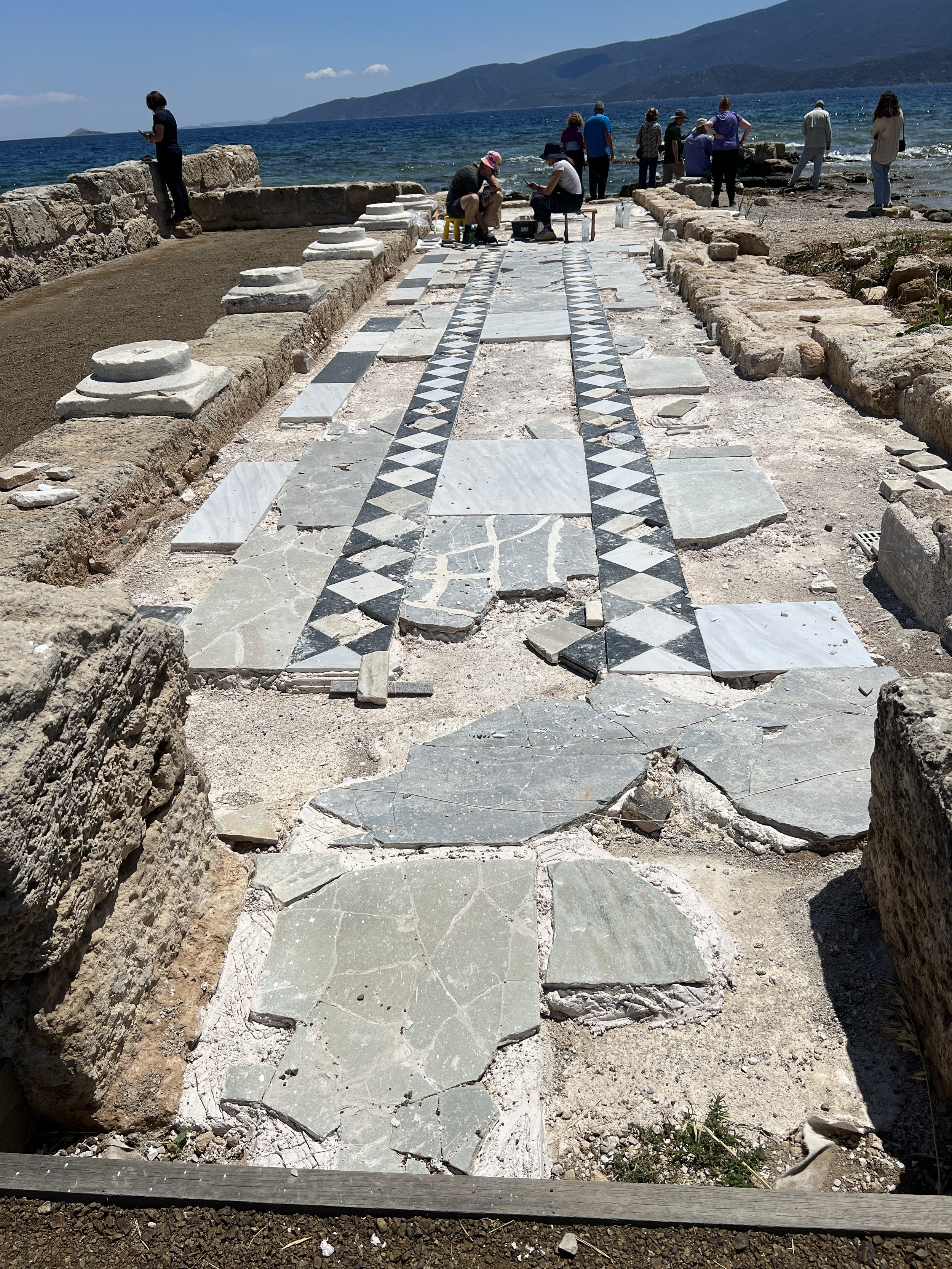Ports of Corinth: Cenchreae and Lechaion, Greece
“After this, Paul stayed many days longer and then took leave of the brothers and set sail for Syria, and with him Priscilla and Aquila. At Cenchreae he had cut his hair, for he was under a vow”. Act 18:18
We know that Paul spent his longest time in Corinth, working beside Pricilla and Aquila, in the AD 50 - 52 time period. While in Corinth, Paul appeared before Roman proconsul Gallio who we know from other sources served for 1 year beginning July 51 AD. Paul left Corinth from the port of Cenchreae. Corinth had 2 ports - Cenchreae on the east Sardonic Gulf connecting it to Asia Minor via the Aegean Sea. In the west, there was the Lechaion Harbor on the Gulf of Corinth leading to the Adriatic Sea and Italy. Lechaion would have been the main harbor. Obviously an important pair of ports connecting east and west in ancient times.
Cenchreae harbor is mentioned in historical accounts of the Peloponnesian wars and so was likely there long before. Corinth was destroyed in 146 BC. Romans revived the area, Julius Caesar had the city of Corinth and the port rebuilt in BC 44. There is archeological work being conducted at the site today, at both ends of the semicircular harbor. At the north end, the most prominent structure is the remains of a Byzantine tower or perhaps lighthouse. There are remains of a sanctuary to Aphrodite and various other buildings. Up on the hill at the north there is an area of ancient grave tombs. At the south end, remains of a harbor jetty walkway, fish ponds (with channels out to the sea water), a later basilica, foundations of a temple to Isis are visible. In 375 AD, mosaic glass panels depicting the Cenchreae Harbor at that time were swept out to sea and severely damaged. The remains of these panels have been restored and are on display in the Isthmia Museum nearby… fascinating to see the harbor as portrayed in these panels from the 4th century AD.
The Leachaion harbor does not have as much visible on land. There have been excavations underwater showing large scale Roman harbor construction projects. Much is buried under sediment over the centuries. Underwater studies have found evidence of monumental buildings - further attested to by pictures on local coinage of the time. The most visible above ground thing today is the remains of a 5th century basilica. This is the oldest byzantine structure in the Peloponnese and the longest ancient basilica in Greece. We were only able to get aerial pictures as the fence around the entire section of land here was closed. You can clearly see the 3 isled structure and apse. There is a 5 isled transept and a multi-room baptistry. The basilica was constructed in the later half of the 5th century AD. In the city of Corinth, you can walk the Lechaion road that would have extended all the way to the Lechaion harbor - wide enough for military regiments and processionals.
Cenchreae Harbor, Greece
























